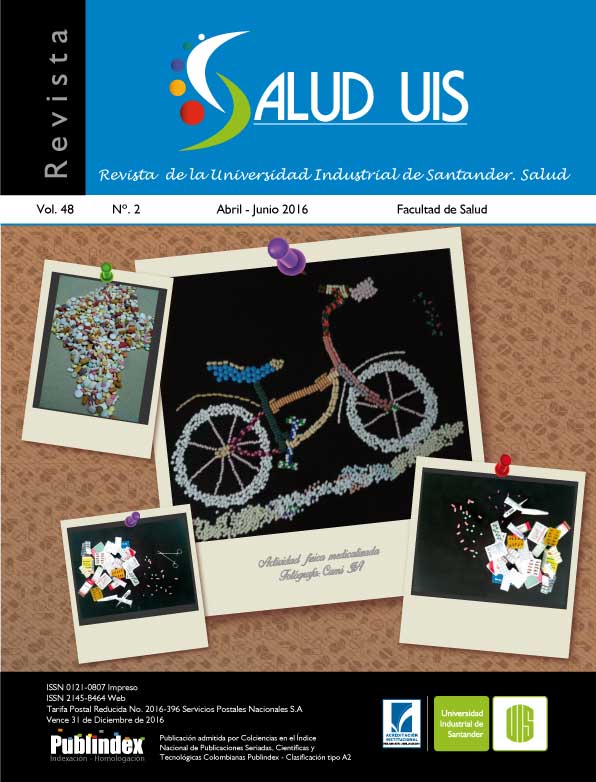Abstract
Introduction: Physical activity (PA) is a factor of protection against multiple diseases. Global recommendations for PA are well established and are spread in all possible scenarios, but the built environment could present multiple barriers to follow these recommendations. Objective: To Analyze some built environment barriers for physical activity by levels of marginalization in the city of Cuernavaca, Mexico. Material and methods: Using the software Atlas ti 5.0, data from 170 observation guides and were categorized. The analysis of a photographic collection of 341 images of 20 AGEBS of Cuernavaca was performed using an analysis connotative and denotative by 3 categories (roadways, traffic and sports areas). Stata 12.0 software was used to obtain frequencies and percentages. Results: Deficiencies in the design and use of spaces such as sidewalks, lack of signage and insecurity of public roads were identified. Lack of spaces for the practice of physical activity was found. There is only one presence of 10% of sports facilities in the 20 AGEBS studied. It was found that 82.86% of the streets are in poor condition. Poor street lighting, lack of bicycle paths and graffiti with significant percentages were also identified as barriers to PA. Discussion: In Cuernavaca the possibilities of access to safe spaces for FA have multiple barriers, this negatively affects the health of the habitants of the city, and that is not consistent with global recommendations for physical activity. Conclusions: Identifying and abolishing barriers must be within the priorities of public health policies and interventions should seek this transformation, to improve the tendency to only report on benefits of physical activity prevailing in the vast majority of programs.
Se autoriza la reproducción total o parcial de la obra para fines educativos, siempre y cuando se cite la fuente.
Esta obra está bajo una Licencia Creative Commons Atribución 4.0 Pública Internacional.
